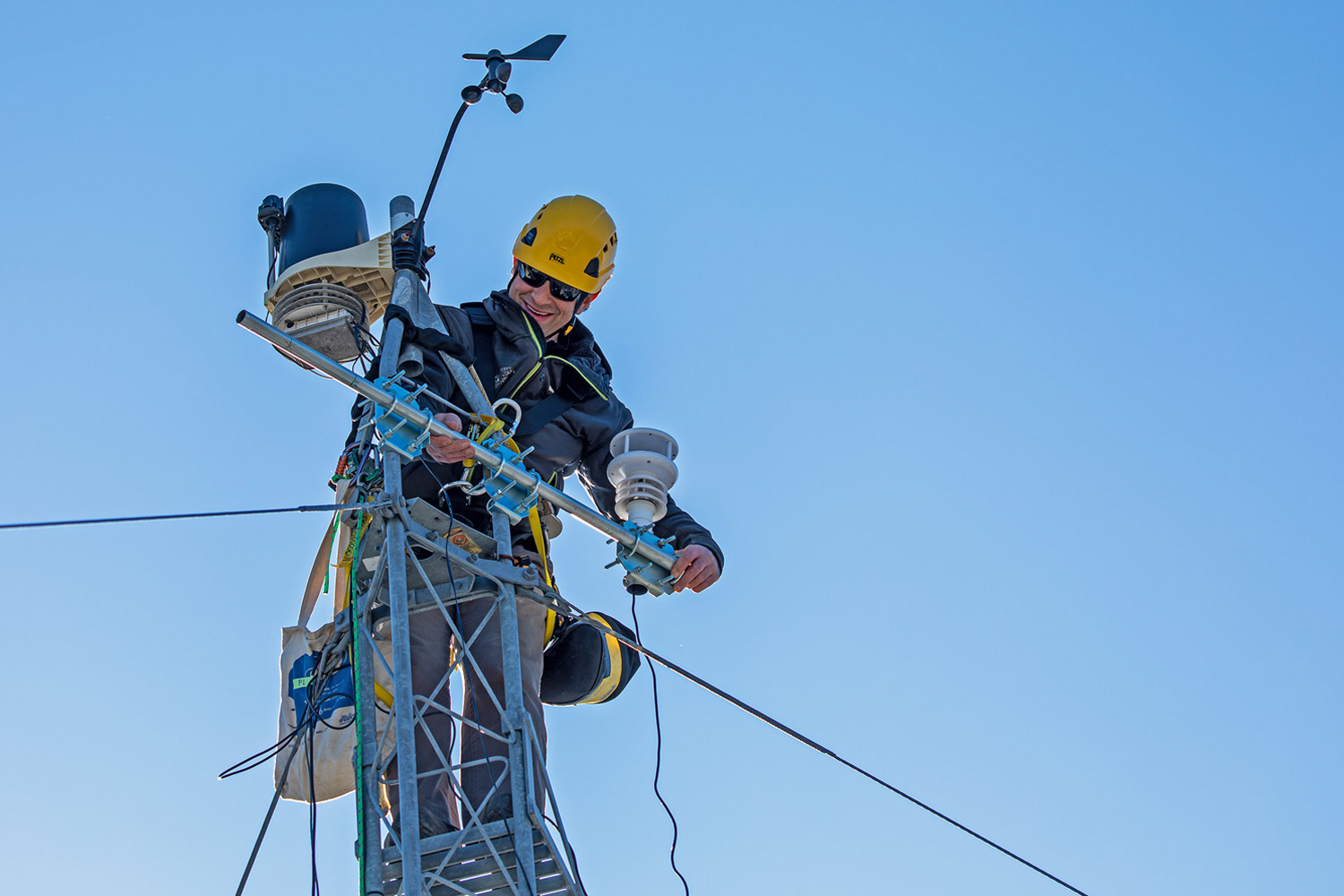
Plymouth State University has been awarded a $208,445 grant from NASA’s Science Activation Program to study the atmospheric impact of solar eclipses.
The “Nationwide Eclipse Ballooning Project” is being championed by researchers at Montana State University and will result in the largest volume of atmospheric data ever collected during a solar eclipse. Eric Kelsey, a research associate professor at PSU, will serve as a ‘Pod Lead’ for the project, training students and researchers throughout the region to launch weather balloons during the October 2023 and April 2024 solar eclipses and study the atmosphere’s response to a sudden pause in solar energy.
Kelsey and his team of students, as well as other teams across the country, will synchronously launch weather balloons every hour before, during and after the eclipses to study how the atmosphere reacts to a solar energy shutoff. The balloons will be launched through the troposphere and stratosphere, approximately 20 miles up, and will collect data on temperature, humidity, air pressure, and wind speed and direction during its ascent. About one-third of the approximately 100 participating teams will be launching high-altitude balloons that will also carry cameras into the mesosphere and ionosphere.
As one of 10 Pod Leads involved in the project, Kelsey will train teams to properly launch weather balloons. Kelsey’s team will consist of one graduate student assistant, whose work will be supported by the grant funds, as well as six undergraduate students who will have the opportunity to apply to be part of the team during the Fall 2023 and Spring 2024 semesters. In the summer of 2023, Kelsey will host a workshop at PSU to train 6–10 additional teams, each comprised of 8–10 individuals from high schools, community colleges and universities in the region.
“We’re going to capture an incredible image of what the atmosphere looks like during an eclipse,” said Kelsey. “I’m really looking forward to this experience; the sheer volume of data that we are going to collect is unprecedented. In addition to the knowledge gained from studying these data, this project will provide real-world STEM opportunities to a broad range of people and help us develop and sustain partnerships between educational institutions.